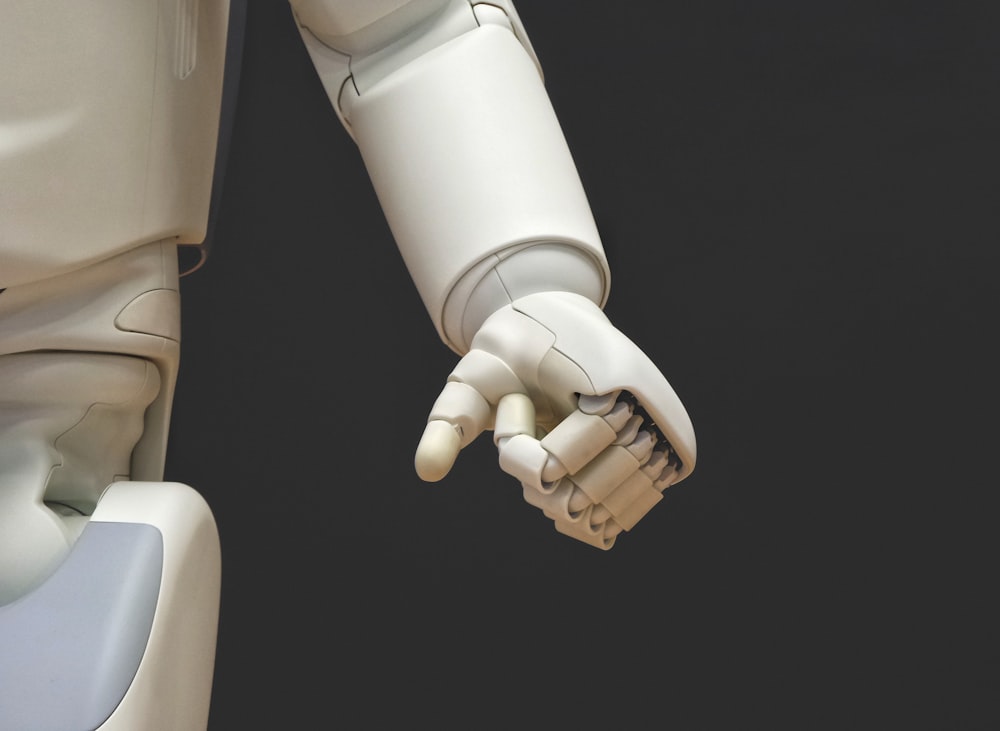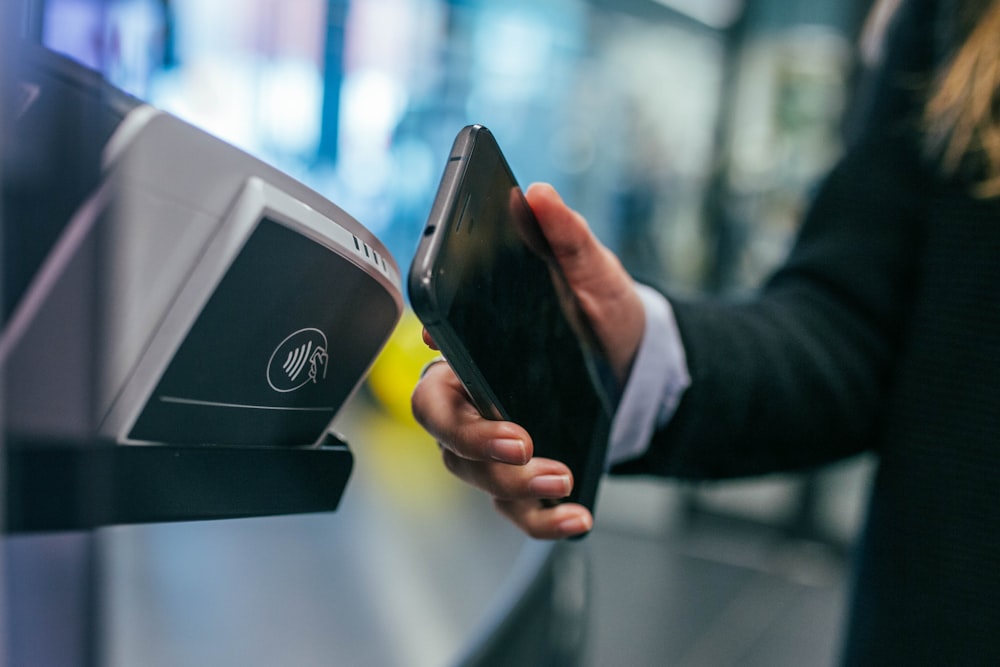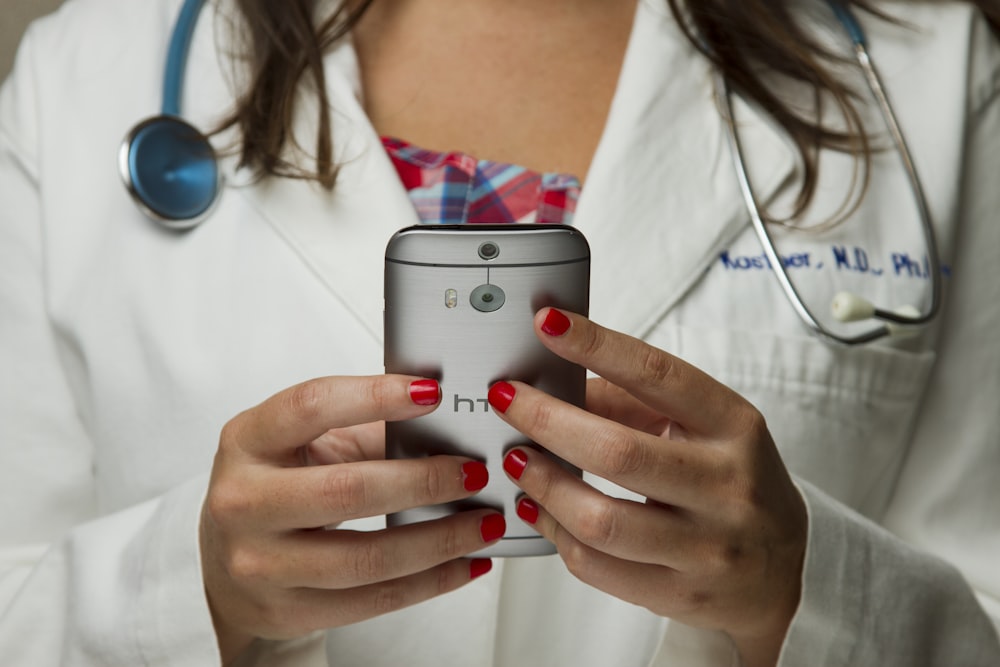5 Healthcare Technology Trends to Follow Right Now

Photo by National Cancer Institute @ unsplash
If you want to see how vital technology is in the healthcare industry, look no further than roughly two years ago when the pandemic hit.
COVID-19 interrupted people from their regular lives and forced some of them into hospital confinement. This resulted in most hospitals being unable to treat everybody properly and health workers experiencing burnout.
Some are concerned with pointing fingers at who to blame for the thousands of lives lost (and reasonably so). But the best course of action is to fix the broken healthcare system that came unprepared at the height of the pandemic.
A step towards the right direction is to embrace the current healthcare technology trends to make everybody’s jobs much easier. These trends should make health workers' jobs much easier and help provide patients with the right and necessary treatment at the soonest.
Below are trends that can innovate the healthcare industry and achieve the objectives above.
#1 - Innovations in Surgery
Surgery remains an invasive procedure that puts the lives of people undergoing it at risk. No matter how skilful the surgeon is, there's always a slim chance that everything can go wrong and will never be the same again.
Thanks to technological advancements, surgeons can now take away the risk of invasive operations. Nowadays, they can perform non-invasive treatments that result in higher chances of recovery with help from virtual reality (VR) and augmented reality (AG).
VR recreates the real-world environment into the digital world. It is emerging as an important training tool for aspiring surgeons as part of their continued education. They can simulate the operation using VR headsets and goggles to perform it on an actual patient correctly when the time goes.
Pain management is another area in medicine where VR presents itself as a solution. Patients are asked to relax and focus on their breathing while VR technology immerses them in a conducive environment and distracts them from the pain.
On the other hand, AR uses location-specific data and image overlays to magnify what is visible in the real world.
This technology enables surgeons to create a 3D AR rendering of the patient's anatomy that will serve as a guide during an operation.
This is evident with smart glasses, a device that combines 3D AR visuals and medical image processing. The virtual image of a patient’s anatomy that they see from the glasses enables surgeons to view it more accurately during a non-invasive procedure, greatly improving the chances of success.
Supplementary reading: Innovation Is Everyone’s Business
#2 - Bringing the Hospital to Patient’s Homes
Healthcare workers are simply not there to "fix" patients. They are also there to guide patients to the entire treatment process, from the type of disease to the various treatments they can choose from.
At the same time, doctors need as much accurate information about patients to offer the best treatment choices based on the gathered data.
Ensuring that both parties receive the right choices and data, technology facilitates the exchange of information seamlessly with help from innovations below.
Health-tracking apps
Patients can now input their medical information and store the history of doctor's appointments and treatments they went through over the years into an app.
They can also monitor their nutrition, medication, and overall health from the comfort of their mobile devices. From here, doctors have a comprehensive record of a patient's medical records and provide them with the correct treatment.
Pre-surgery health coaching
Normally, patients must stay inside hospitals to monitor their progress and health after their operations. However, with pre-surgery coaching, they can go home earlier and receive medical advice, complete with remote monitoring, to recover.
Patient-reported outcomes
After collecting fragmented patient data, physicians can run them using patient outcomes to help patients make evidence-based and informed decisions for the type of treatment they plan on receiving. This enables healthcare consultations to occur even while patients are physically away from their physicians and doctors. When developing your app, take time to comply with HL7 FHIR and set up FHIR server for data storage and protection.
#3 - Robotics
The pandemic has shed light on understaffed healthcare workers amidst increased demand. In particular, most of their time is spent performing easy but time-consuming tasks that could be better spent on other things related to patient care.
For tasks from helping perform surgeries to disinfecting hospital rooms, human-supervised robots can execute them in medical facilities. Thanks to faster processing speeds and better network optimisation, these robots can perform menial tasks to free up the time of human workers.
In fact, robotics are now capable of providing patient care. These robots can interact with patients suffering from infectious diseases with screens and specialised sensors. This way, these patients can still receive the same quality of treatment while keeping human workers safe.
Lastly, robotics fill in the gaps of supply management and inventory tracking. As another set of tasks that takes up a lot of time, robotics can operate elevators and transport medical supplies and equipment within the establishment without issues.
#4 - AI and Machine Learning
Edge computing utilises artificial intelligence (AI) and machine learning (ML) to process patient data faster and more accurately than any human, resulting in better patient care and treatment.
For example, AI can identify cancer by analysing abnormal areas not seen by the naked eye.
Another use of edge computing is analysing health data with environmental and socioeconomic information. This helps doctors determine how likely patients are to be readmitted or at-risk, thus offering more informed treatment plans and better overall care.
Finally, AI and ML help healthcare providers manage payments and claims more efficiently. The staff no longer have to perform manual series of tasks repetitively of the revenue cycle. Instead, using AI here will perform the functions for the team and make changes in future transactions.
Also, when providers submit claims, there’s a chance that the insurance will reject them. Using ML, providers can cross-reference rejected claims and identify similarities among patients. The system can then predict whether a claim will be accepted or rejected by the insurance company. From here, patients can make corrections before submitting the claims to increase their chances of acceptance.
The key to using edge computing is how one’s organisation plans to set it up. Determining how much intelligence the Internet of Medical Things (IoMT) needs is the first step, followed by defining preferable outcomes through maintaining a good rules engine.
For this to work, getting a software engineer for hire who will organise the edge servers to manage data flow is of utmost importance. From here, the healthcare provider can collect data effectively to be interpreted by humans.
#5 - Telemedicine and Remote Health
During the pandemic, the lack of hospital beds has paved the way for non-conventional solutions to pop up and provide equal-opportunity treatment to all patients.
We already mentioned remote monitoring to free up beds and allow patients to recover in the comforts of their homes.
Patients seeking medical advice can now schedule an on-camera consultation with their physicians of choice from their homes. This solution eliminates the need to travel to the clinic to get the same results faster.
But for remote monitoring to be truly effective, the providers must invest in edge computing where they can run data faster and receive accurate results. Without one, they will be forced to run data on cloud servers, which is much slower and resource-intensive.
Edge computing also integrates monitoring devices that observe the HIPAA compliance guide connected to patients and delivers information to doctors in real-time. This allows the latter to properly diagnose issues experienced by the patients and provide a suitable treatment plan.
At the same time, using monitoring devices at home encourages patients to make better decisions about their health. Having access to their vitals and other information allows them to regulate their activities based on what the device is capturing.
Conclusion
Since the goal of healthcare is to help patients in any way they can, there's no reason why organisations in the industry won't heed the trends mentioned above.
They all make the lives of patients and healthcare workers much easier. The former can seek and receive medical help anywhere in the world while the latter can provide relief to ailing patients by referring to historical data provided by technology. It's a win-win for all parties involved.
Be sure to check out the media below:
If you want to read more on the topic above, there is a good compilation of articles in this amazing learning app called Necole. Necole is a state of the art learning platform that curates personalised learning just for you. **SPECIAL OFFER - Use this code ABETTERME and get a 5% discount on your subscription to Necole. To find out more about Necole or to subscribe, click here.
Functional
Tags: Covid-19, Hard Talk, Consultant Corner, Science & Tech
This article is published by the editors of Leaderonomics.com with the consent of the guest author.









